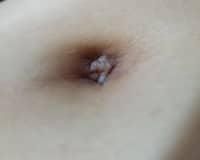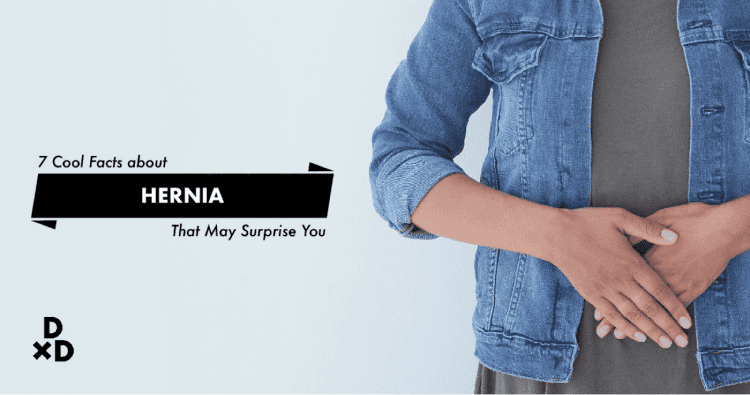Hi Ai Hoon,
Yes, actually, as long as there is a wound, there is a possibility for keloids to form, even on small wounds like laparoscopic wounds.
Some risk factors that will increase the likelihood of keloid formation include:
1. wounds forming at high risk sites, like chest, back, upper arms, ear lobes - usually these are sites where the wounds are subjected to high tension
2. genetic predisposition - some individuals are just more prone to develop keloids
3. wound infection- an infected wound theoretically has a higher risk of keloid formation
Previously, treatment modalities like surgical excision, and even radiation therapy have been tried on keloids. In my opinion, direct intra-lesional steroid injections offer a simple, hassle-free solution to adequately manage keloids and reduce their size without drastic measures.
However, it is important to keep your expectations in perspective before commencing on keloid treatments, as the main aim of the treatment is to reduce the size of the keloid, not removal of the keloid. Additionally, it is not uncommon for keloids to recurr after treatment has completed.
The occasional mild pain that you feel is a common accompanying symptom of keloids. other symptoms may include itch, burning sensation, hardening of the scar. Conservative management like pain-relief medications, creams, and lifestyle modifications like avoidance of tight belts may alleviate these symptoms.
Hope that helps.
Best Regards
Dr Heng






